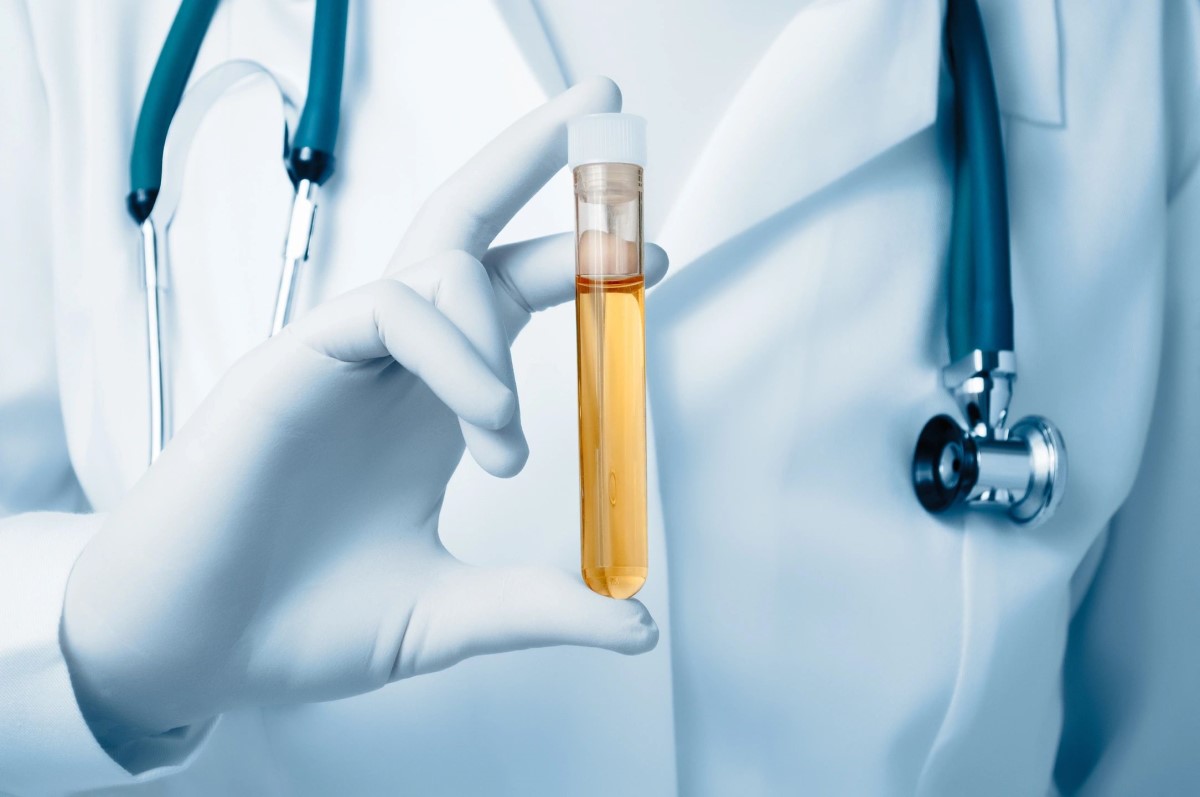Name of the Test: Acid Labile Subunit (ALS)
Alias Names: ALS protein, IGF-ALS.


Clinical Applications:
Growth hormone promotes growth through Insulin like Growth Factor- 1 (IGF-1). IGF -1 circulates in the blood as a quaternary complex with IGF binding proteins (IGF-BP) and acid labile subunit (ALS). The acid-labile subunit is an important part of the IGF- 1 storage/ transport mechanism in circulation. The concentration of ALS is similar in both males and females. In ALS deficiency, the concentration of IGF and IGFBP-3 in the circulation is significantly decreased resulting in impaired growth.
The acid-labile subunit (ALS) protein like IGF-BP3 is produced in the liver and is crucial for maintaining the integrity of the circulating IGF/IGFBP system. In humans, complete ALS deficiency is characterized by severely reduced serum IGF-I and IGFBP-3 concentrations that is incongruent with the associated mild growth retardation (height SDS -2 to -3 SDS before and during puberty). Pubertal delay in boys and insulin resistance are common findings. In the assessment of a child with short stature, ALS deficiency should be considered in those patients presenting: 1) a normal response to GH stimulation test, 2) low IGF-I levels associated with more profoundly reduced IGFBP-3 levels, 3) a mild growth retardation, apparently out of proportion to the degree of IGF-I and IGFBP-3 deficits, 4) lack of response to an IGF generation test and 5) insulin resistance.
Methods:

Acid labile subunit is quantitated using sandwich ELISA assays with anti-ALS coated plates and biotin labelled Antibody. HRP based color reaction results in color, (optical density, OD) to read at 450 nm. The concentration of ALS in diluted serum or plasma is proportional to the developed Color. Low level of ALS results in lower OD.
Test Information (Test Code # 136):
-
0.5 ml of Serum or Plasma (0.2 ml minimum), Ship frozen.
-
Samples are stable for 1 day at 4 o C and 2 years frozen. Stable for freeze/thaw 3 times.
-
Turnaround time: 1 day. Setup on Friday and reported on the same day.
-
Reference Range (mg/L):
Children –
Less than 1 year – 0.2 – 7.9
1 – 10 Year —— 1.0 — 13.0
11 – 17 Year —— 5.6 – 16.0
Adults – > 18 yrs ——– 6.0 – 17.0
References:
- Zaidman VE (2017) Analysis of acid-labile subunit and its usefulness in pediatrics. Arch Argent Pediatr 115: 391 – 398.
- Heath KE et al (2008) Primary acid-labile subunit deficiency due to recessive IGFALS mutations results in postnatal growth deficit associated with low circulating insulin growth factor (IGF)-1, IGF binding protein-3 levels and hyperinsulinemia. J Clin Endocrinol Metab. 93:1616-1624.
- David A et al (2010) Acid-Labile subunit deficiency and Growth failure: Description pf two novel cases. Hormone Research in Pediatrics 73: 328-334.

